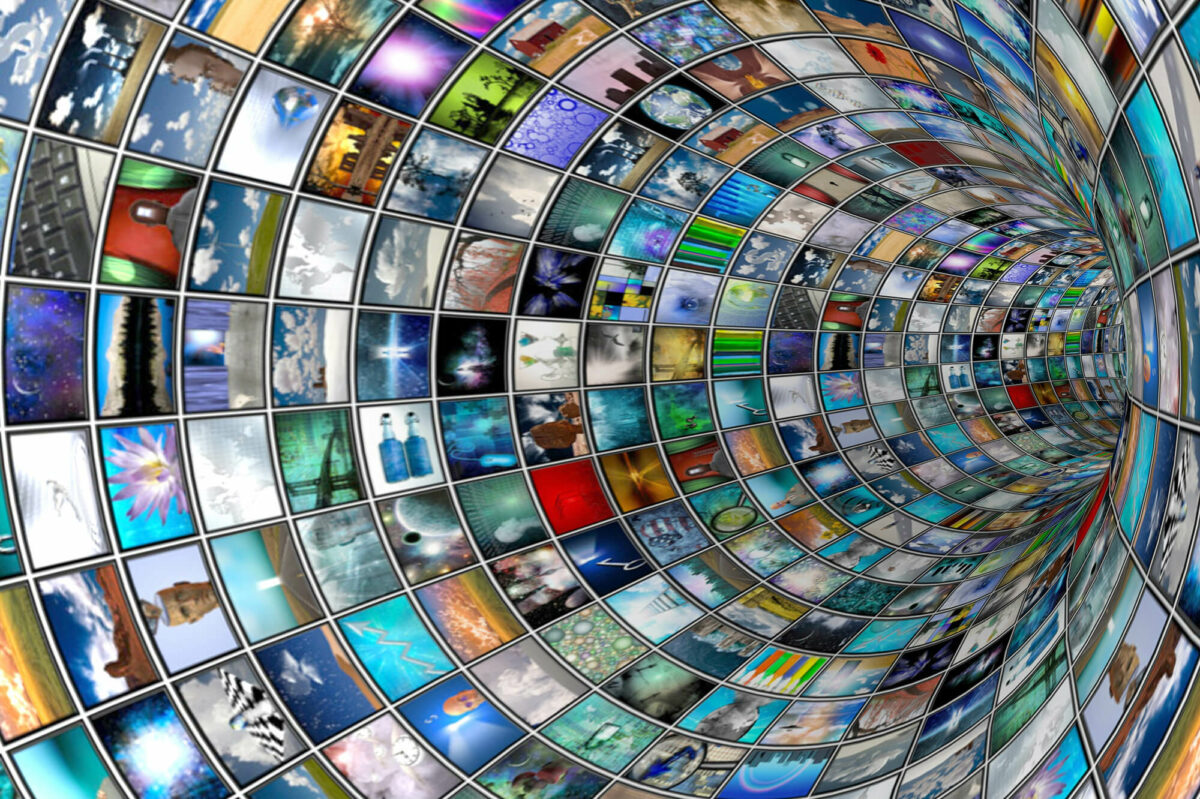Serial shows, music streaming, and entertainment services are gobbling up market share from traditional media at a breakneck pace. With so much content being consumed though digital devices, advertisers and marketers need to pivot to meet consumers where they spend the most time: online.
The Digital Marketing Evolution
With streaming services like Netflix, Amazon, and Pandora wooing consumers away from TV, cable, and mainstream radio, traditional media’s market share is decreasing. By extension, this also means that traditional media spend is dwindling.
By the end of 2018, the forecast for total media spend is expected to increase by 7.4%, with 43.5% of the total coming from digital media. By 2020, that figure is projected to hit 53.9%. And as digital channels become more frequent entertainment and information sources for consumers, advertisers will follow.
Digital marketing — display ads, paid search, social media, etc. — is essential to a brand’s marketing strategy. It also provides the following benefits:
- Campaigns can be tracked and measured, making it easier to optimize spend.
- In the digital space, brands can interact with customers, as opposed to being relegated to one-directional communication (as is the case with TV, radio, and print).
- Digital media can be relatively inexpensive; some types of digital marketing don’t require a media purchase.
“Brand awareness now starts at the top of a Google search result rather than an ad in the Sunday paper,” says Phil Spakowski, an advertising veteran and digital marketing thought leader at Ansira. “So businesses need to adapt to how consumers are getting their media.”
Peaceful Coexistence
Traditional media marketing may not be as widely used as it once was, but it still holds an important role. In general, consumers are comfortable with radio, TV, and print, and easily understand the message. This high level of understanding leads to better retention and brand recall. And depending on the demographics and the brand goals, traditional may be the way to go.
Radio is a prime example. Since its popular use in the 1920s, radio has been an advertising staple. And guess what? It still works. Nielsen recently showed that radio still gets 270+ million listeners weekly, making it a leading medium for reach. By comparison, less than 15% of Americans are digital natives.
Multichannel Wins
Although change is definitely in the air, digital media hasn’t crushed traditional media. Instead, the power continues to shift.
Digital marketing is rooted in the success of traditional media marketing, but it’s on a growth trajectory all its own. With a multichannel approach, marketers can leverage all available avenues to cultivate the widest circle of influence. As technology and consumer behaviors continue to evolve, marketers will need to continue prioritizing the digital experience in their strategies.

